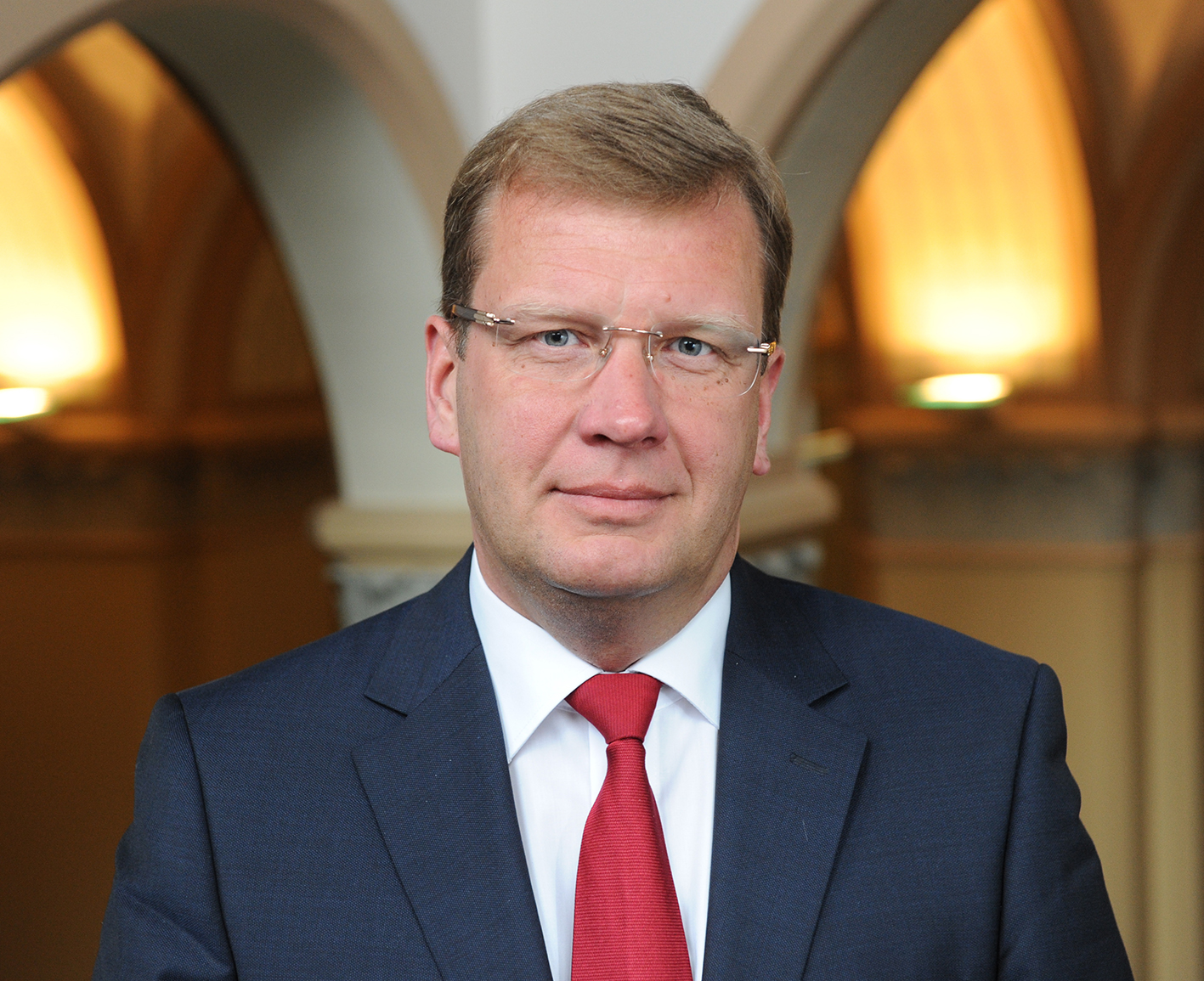Ratio of non-cash to cash payments in Latvia: 74% to 26%
The most recent (autumn 2025) "Payment radar" published by Latvijas Banka suggests that the ratio of non-cash to cash payments in Latvia was 74% to 26% in August 2025. Cash has regained its popularity and is catching up with the August 2023 level (27%) after the record-high non-cash payments ratio (78%) observed in February 2025.
The "Payment radar" outlines the latest information on the money usage habits of the public in Latvia. This information has been obtained from the results of a public survey conducted by the market and social research agency SIA Latvijas Fakti. The "Payment radar" is published semi-annually and is available on Latvijas Banka's website. The development of the ratio of non-cash payments to cash payments and interaction between them (as at August 2025) is the central measurement of the overview, supplemented by more detailed numerical information and expert commentaries.
Ratio of non-cash to cash payments
The ratio of non-cash to cash payments was first measured in February 2017, with non-cash payments constituting 58% and cash payments 42%. Since then, the share of non-cash payments has gradually risen and in recent years has remained stable – above 75%.
In August 2025, the average number of payments per capita in a week was 17.9 (14.1 and 15.2 in February 2025 and August 2024 respectively), including 13.3 non-cash payments and 4.6 cash payments.
Payment-related modern technologies
According to the "Payment radar", the use of advanced technologies in the payment sector slightly decreased over the past six months. The share of payments made with contactless cards has slightly shrunk (in August 2025, they were regularly used by 58% of inhabitants, while in February 2025 – 62%, and in August 2024 – 67%). The share of payments made with smartphones has also decreased (in August 2025, they were regularly used by 20% of inhabitants, while in February 2025 – 24%, and in August 2024 – 22%). In February 2025, 2% of the population used a smartwatch for making payments.
In August 2025, 38% of the population used instant payments on a daily basis (a slight decrease from 34% in February 2025). In August 2025, 22% of the population who regularly used instant payments and were aware of this feature took advantage of the possibility to make payments by entering the payee's phone number. Meanwhile, 41% were informed about this feature, but did not use it yet. In February 2025, 19% of the respondents used this option, while 51% were aware of it, but had not yet used it.
Critical financial services and digital euro
In the commentary section of the "Payment radar", Reinis Vecbaštiks, a Modern Payments Expert of Latvijas Banka, speaks about the critical financial services and the potential introduction of the digital euro that would increase the security. The purpose of critical financial services is to give the public access to their money and enable payments during crises (of late, this is understood as a war, but crises can vary, for example, floods, power supply disruptions).
In this regard, Latvijas Banka has outpaced other central banks by introducing offline card payments in cooperation with market participants and providers of critical services. This will allow to pay for basic goods to specific merchants even during temporary disruptions of the payment card infrastructure.
 Reinis VecbaštiksModern Payments Expert of Latvijas Banka
Reinis VecbaštiksModern Payments Expert of Latvijas Banka"From the point of view of payment resilience, it is natural that a wider choice of options increases public security. The range of options can also be expanded individually by relying not only on centralised solutions, but also by maintaining sufficient cash reserves to be able to purchase staples for the family for several days. At the same time, a physical payment card should also be kept handy. For security reasons, accounts can be opened with several payment service providers (for example, in multiple banks)."
The digital euro is one of alternative future solutions – its main purpose is to strengthen payment resilience. If the decision to introduce the digital euro is made, it is expected that the digital euro will also be available for offline use to store the funds in a smart device (for example, a smart phone or smart card) and to make instant payments.
Time to choose the new euro banknote design is approaching
Jānis Blūms, the Head of the Cash Department of Latvijas Banka, informs that active preparations are ongoing for the new third series of euro banknotes to be put into circulation in the next few years. This is a multi-stage process, and the selection of the design of new banknotes is currently ongoing.
This year, the European Central Bank (ECB) launched a competition for the design of the future euro banknotes and invited designers and artists residing in the European Union to participate. The application deadline expired in August, and artists who will be invited to participate in designing the banknotes are expected to be selected in October. The competition will end in June 2026, and it will be followed by a public survey organised by the ECB to gather public opinions on design proposals selected for the final stage. By the end of 2026, the Governing Council of the ECB will announce the final design of the future euro banknotes. It will serve as a starting signal for preparatory works to put the third series of euro banknotes into circulation.
Currently, two potential themes of the new banknotes are being developed: the "European culture" and "Rivers and birds". The motifs used for the "European culture" will include various cultural events and facilities, as well as important contributors to the European cultural heritage. The theme "Rivers and birds" highlights the importance of the European nature and its protection.
 Jānis BlūmsHead of the Cash Department of Latvijas Banka
Jānis BlūmsHead of the Cash Department of Latvijas Banka"This is a crucial message on cash that reiterates the commitment of Latvijas Banka and the ECB not only to maintain cash, but also to develop it as a means of payment to make it more accessible and secure. In terms of economic security, the geopolitical developments underline the relevance of cash. Thus, it is even more important to address public concerns about the future of cash."
Very soon Bulgaria will become the 21st euro area Member State
Antra Trenko, an expert of Latvijas Banka, informs that as of 1 January 2026 Bulgaria will become the 21st Member State of the euro area. The fixed exchange rate is 1.95583 leva = 1 euro. According to the initial plan, Bulgaria had to introduce the euro already in 2024, but this transition was postponed due to the excessive inflation.
The national currency lev and the euro will both circulate in parallel for a month, i. e. until the end of January 2026. After this date, payments will be made only in euro. Exchange of the banknotes of the national currency to the euro without any commission will be possible not only at the central bank, but also in commercial banks and postal offices for six months after the euro introduction date. After that, the exchange will be possible at the National Bank of Bulgaria without any time limitations and free of charge.
Like in other euro area countries, Bulgaria has chosen to mint its euro coins with significant national symbols. Bulgarian euro coins will be adorned with a Madara Rider (Мадарски конник), and the saints of the Bulgarian Orthodox Church. This will be the first time, when euro coins will feature orthodox Christian motifs. Everyone is invited to examine the new euro coins.
 Antra TrenkoExpert of Latvijas Banka
Antra TrenkoExpert of Latvijas Banka"Latvijas Banka congratulates Bulgaria on this important step. The introduction of the euro is not only an economic development, but also a brave step towards a better future, a vote of confidence on the European values, and a testament to the resilience and ambition of this country. For Bulgaria, the euro is not only a currency, but also a story of progress, identity, and persistence. Bulgaria's accession to the euro area demonstrates the resilience and development of the euro area – Bulgaria will become the 21st country with the single European currency."
